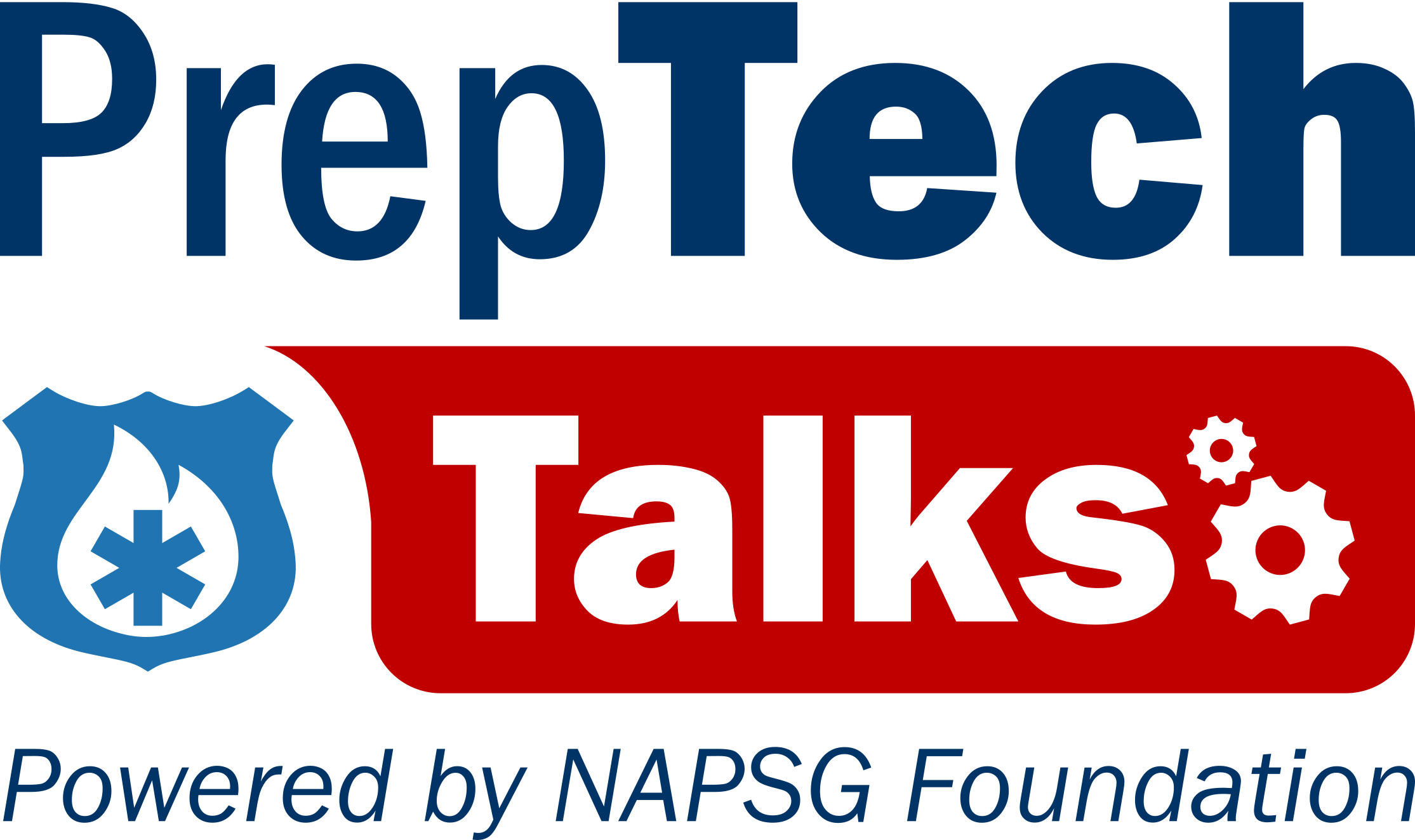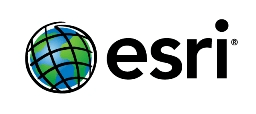
Webinar Recording
Slide Deck
Community Lifeline Toolkit
On July 31st, 2019, NAPSG Foundation held its second Preparedness Technology Talk, “Aligning & Standardizing Response Map Products to Community Lifelines.” This PrepTech Talk provided participants the opportunity to learn how to align GIS-based decision support tools and dashboards to the Community Lifelines, and how to gain access to resources and data that support standardization and ease implementation.
SEMINAR OBJECTIVES
- Learn about the Community Lifeline construct and how to integrate it with your agency’s GIS-based decision support tools and dashboards.
- Get a live demonstration of emerging best practices in aligning operational dashboards to the Community Lifelines.
- Develop skills in how to develop a standardized response map products to the latest National Response Framework.
- Learn about Open Data through HIFLD that supports the Community Lifelines and how it supports essential elements of information (EEIs) for standardized map products, dashboards, and situational awareness tools.
- Gain access to the latest in resources and tools for developing and implementing standardized map products, dashboards, and other situational awareness capabilities aligned with the Community Lifelines.
SEMINAR RESOURCES
Link to Recording
Slide deck with Additional Content
ADDITIONAL RESOURCES
- Learn about the Modeling and Data Inventory (MoDI).
- Crowdsourcing Toolkit for Emergency Management – Suite of resources assist Emergency Managers & their partners at the State, Local, Tribal, and Territorial level to pick up quickly and implement crowdsourcing as part of their operations.
- FEMA’s Preparedness Toolkit – Resources to assist the community to implement National Preparedness Activities including Hazard Explorer – a suite of tools, templates, and guidance for integrating geospatial data and analysis from preparedness to recovery.
BACKGROUND INFORMATION
FEMA recently introduced and is rolling out the Community Lifelines construct as part of an update to the National Response Framework. Each of the lifelines provides indispensable services that enable the continuous operation of critical business and government functions, and they are critical to human health, safety, and economic security. Learn more:
Open data is available through the Homeland Infrastructure Foundation Level Data (HIFLD) program that fulfills EEIs aligned with the Community Lifelines. During this seminar, you will learn how to integrate data from HIFLD into your response map products and implement standardized symbology.




